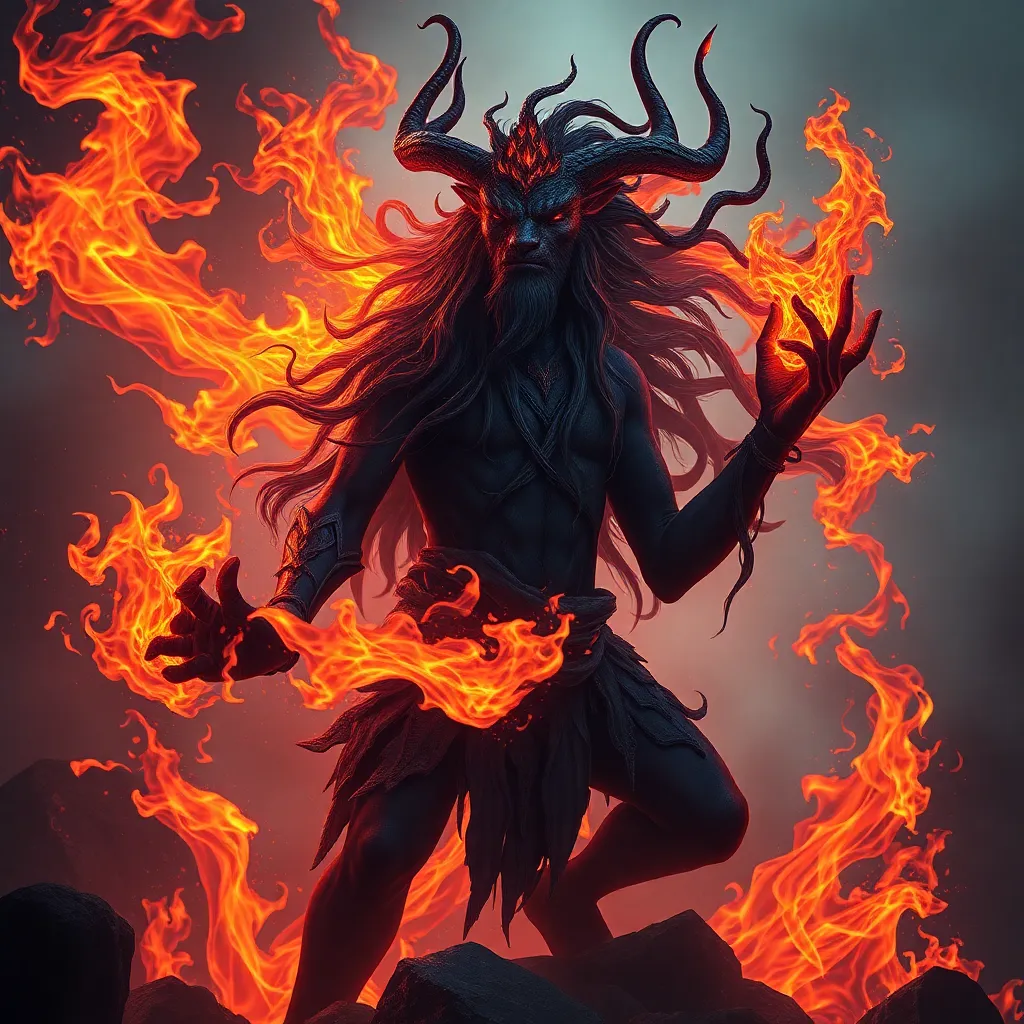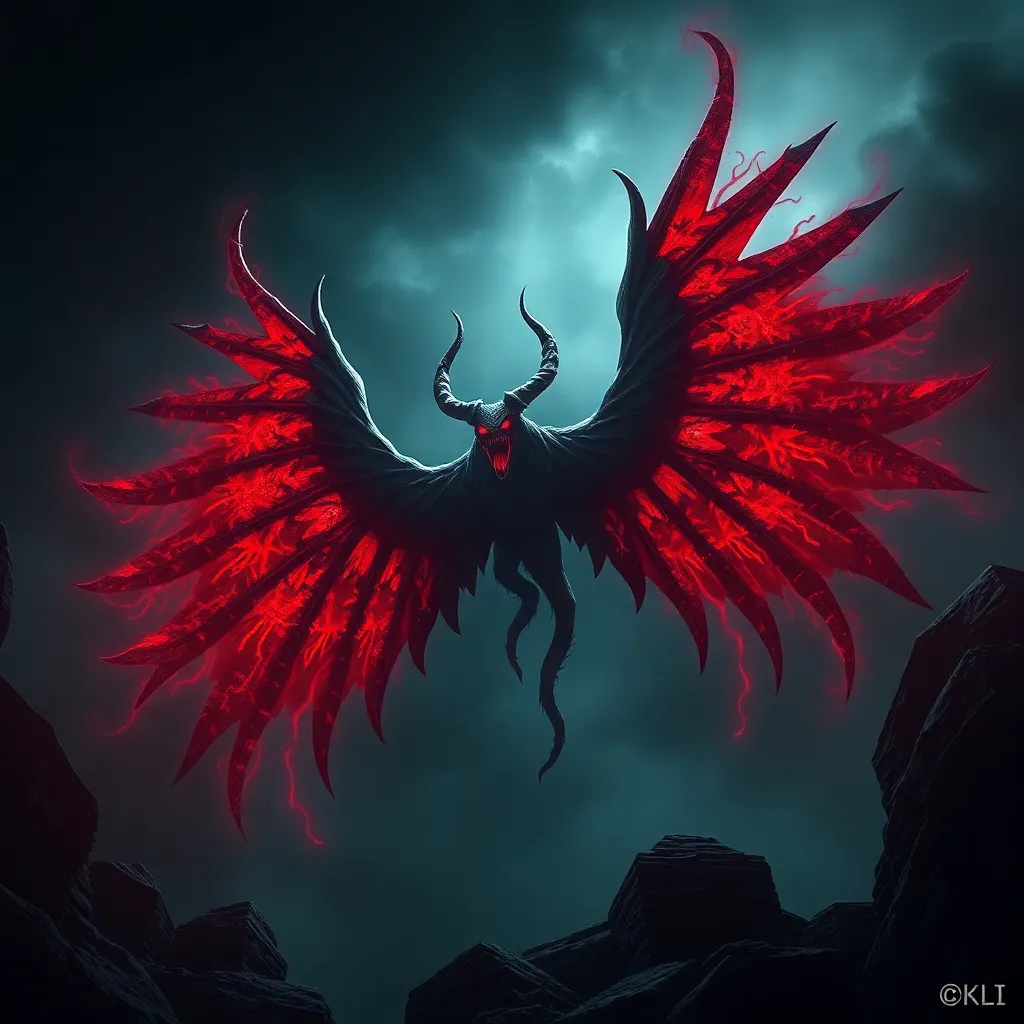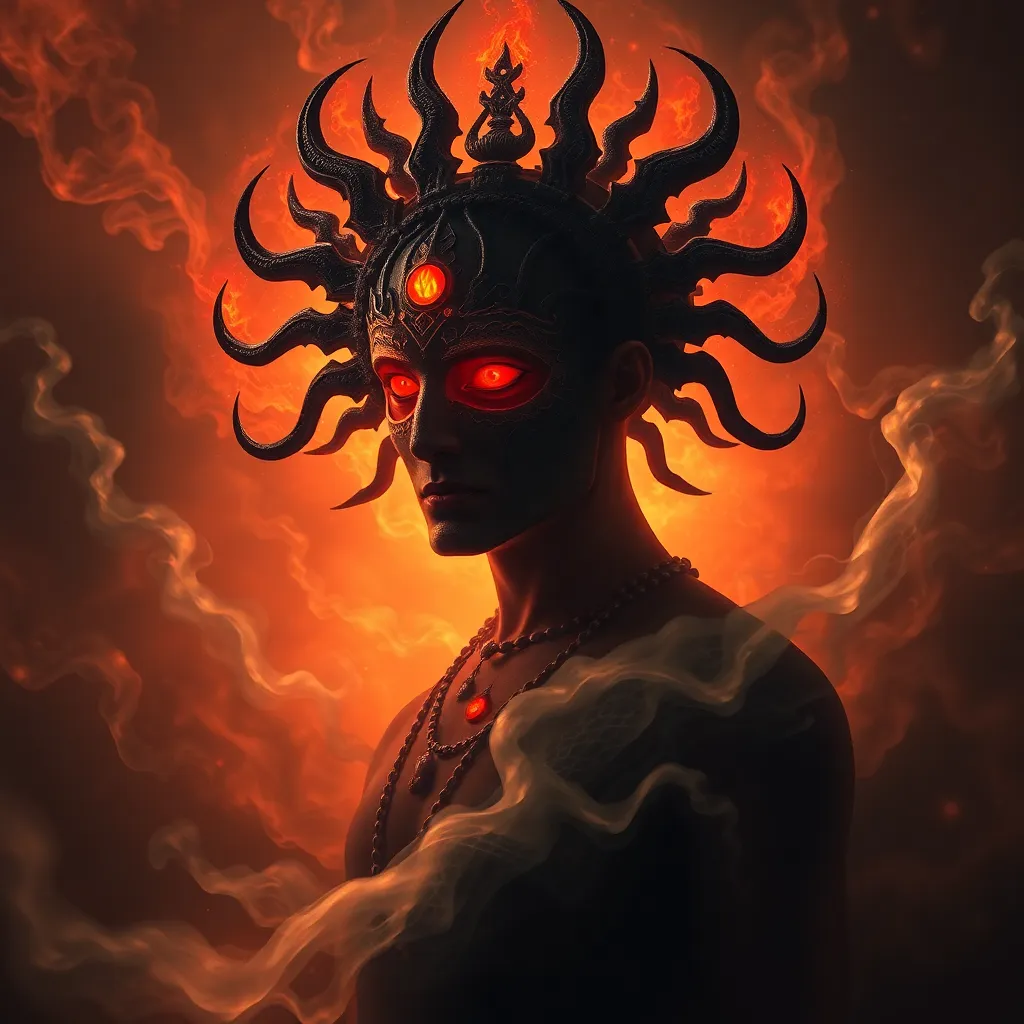The Fire-Born: Ifrit and Their Connection to the Elements
Introduction to Ifrit
The term “Ifrit” originates from Arabic folklore, where it is used to describe a class of powerful supernatural beings. Ifrits are often depicted as fiery spirits, embodying the very essence of fire itself. Their characteristics vary across cultures, but they tend to share a common thread of being both feared and revered.
In mythology, Ifrits hold significant cultural value, representing the duality of fire—its ability to create and destroy. In various tales, they are depicted as guardians, warriors, or even tricksters, reflecting the complex nature of fire in human civilization.
The Element of Fire
Fire is one of the four classical elements, alongside earth, water, and air. It has been revered throughout history and across cultures for its transformative power. The characteristics of fire are often described as:
- Destructive: Fire can cause devastation, consuming everything in its path.
- Creative: Fire is essential for cooking, warmth, and forging metal, making it a tool for creation.
- Transitory: Fire is in constant motion, symbolizing change and impermanence.
In nature, fire represents renewal. Many ecosystems rely on periodic fires to regenerate. In cultural symbolism, fire often represents passion, energy, and transformation, making it a powerful motif in art, religion, and philosophy.
The Nature of Ifrit
Ifrits are typically depicted as large, humanoid figures made of fire or smoke. They often possess supernatural powers, including:
- Shapeshifting: Ifrit can change form, embodying different aspects of fire.
- Summoning Flames: They can control fire, using it as a weapon or tool.
- Immortality: Ifrits are often portrayed as ageless beings, bound to the flames.
Unlike other elemental beings, such as water spirits or earth elementals, Ifrits are uniquely tied to the element of fire. They are often portrayed as more volatile and unpredictable, reflecting the nature of fire itself.
Ifrit in Mythology and Literature
Historically, Ifrits have been referenced in ancient texts, such as “One Thousand and One Nights,” where they are often depicted as powerful and sometimes malevolent beings. They play roles in various stories, acting as guardians of treasure or adversaries to heroes.
In contemporary literature and popular culture, Ifrits have evolved. They appear in various forms, from monstrous villains to heroic figures. Notable mentions include:
- In video games like “Final Fantasy,” Ifrit is often portrayed as a summonable creature, embodying raw fire power.
- In anime and manga, Ifrits frequently appear as characters with immense power and complex personalities.
Ifrit and the Elements: A Dual Connection
Ifrits embody a unique connection to both fire and other elemental influences. While they are primarily associated with fire, their nature often reflects the interactions between elements. For instance:
- Water: The interplay between steam and fire can create powerful transformations.
- Earth: Fire is used to shape and forge materials, linking Ifrits to the earth element.
- Air: The smoke and heat from fire rise, indicating a connection to the atmospheric element.
This duality presents Ifrits as complex beings that represent the balance between destruction and creation. They remind us that fire, while capable of devastation, is also a catalyst for growth and renewal.
Rituals and Beliefs Surrounding Ifrit
In various cultures, Ifrits are involved in traditional practices and rituals. Often, these rituals serve to appease or invoke Ifrits for protection or guidance. Some common practices include:
- Fire Offerings: Burning incense or offerings to honor Ifrits.
- Ritual Dances: Ceremonial dances performed to invoke the spirit of fire.
- Stories and Prayers: Reciting tales of Ifrits to seek their favor or to protect against their wrath.
In spiritual and religious contexts, Ifrits are often viewed as powerful beings that can influence human affairs. They embody the dual nature of fire, serving as both protectors and potential sources of danger.
Ifrit in Modern Contexts
The influence of Ifrit in modern media is profound. They have transitioned from ancient mythological figures to prominent characters in contemporary storytelling. Some notable instances include:
- Video Games: Ifrits are commonly featured as elemental entities players can summon or battle against.
- Movies: Films often depict Ifrits as representations of inner conflict or external challenges.
- Literature: Authors explore the complexities of Ifrits, blending traditional mythology with modern themes.
This evolution reflects society’s ongoing fascination with elemental beings and the lessons they embody regarding power, control, and the human experience.
Conclusion: The Legacy of Ifrit
The significance of Ifrit in elemental mythology is profound. As embodiments of fire, they encapsulate the dual nature of this elemental force—capable of both creation and destruction. The enduring fascination with Ifrits can be seen in their prevalence in various forms of media and cultural practices.
This legacy invites reflection on the ways we interact with the elements and the stories we tell about them. Ifrits remind us that fire is not merely a tool, but a powerful force that shapes our world and our narratives, intertwining our existence with the elemental forces of nature.



